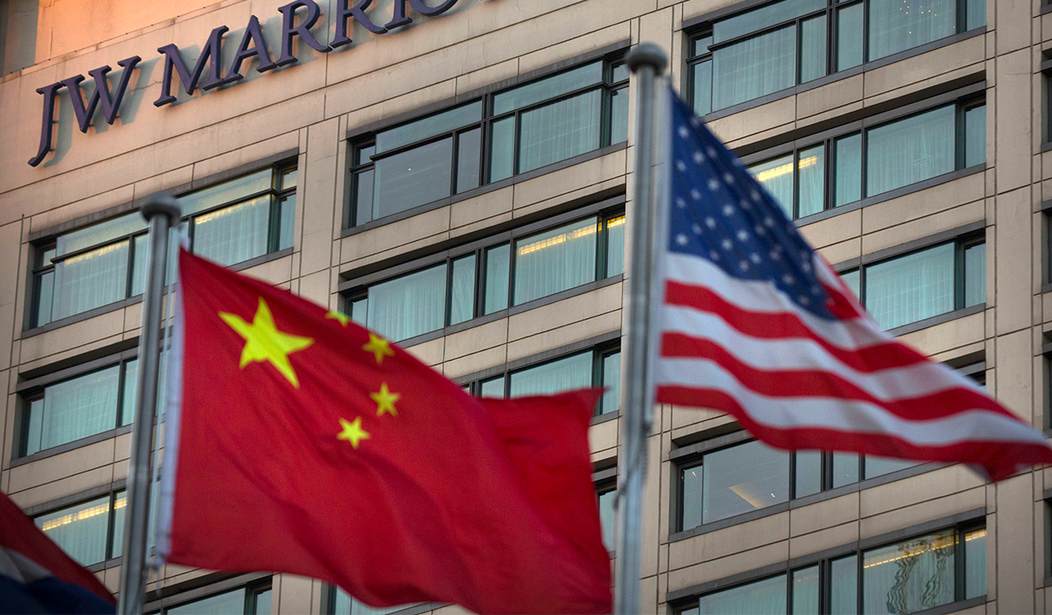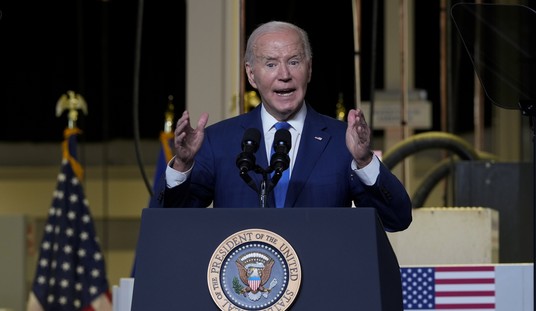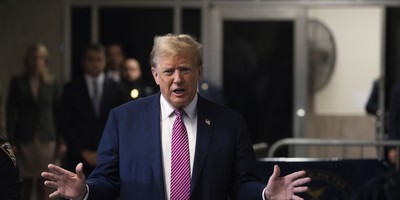In this edition of everything is racist, CNN thinks that fonts are racist. As in typeface. "Karate, Wonton, Chow Fun: The end of 'chop suey' fonts," by Anne Quito was published on April 8. An editor's note at the top insists you know that "This feature is part of CNN Style's new series Hyphenated, which explores the complex issue of identity among minorities in the United States."
The piece in question is 1,777 words.
The piece opens up with:
"Here's a thought experiment: Close your eyes and imagine the font you'd use to depict the word "Chinese.'"
There's a good chance you pictured letters made from the swingy, wedge-shaped strokes you've seen on restaurant signs, menus, take-away boxes and kung-fu movie posters. These "chop suey fonts," as American historian Paul Shaw calls them, have been a typographical shortcut for "Asianness" for decades.
There's more where that came from. The piece is peppered throughout with leading language. For instance:
It's hard not to cringe at the Chinese stereotypes bundled up with each font package -- especially when seen through the lens of today's heightened vigilance toward discrimination and systemic racism. Critics believe that using chop suey typefaces is downright racist, particularly when deployed by non-Asian creators.White politicians, meanwhile, have been using chop suey fonts to stoke xenophobia for over a century. In her book, "This is What Democracy Looked Like: A Visual History of the Printed Ballot," Cooper Union professor Alicia Cheng draws attention to the "chopsticks font," as she calls it, used by San Francisco politician Dr. C. C. O'Donnell on a 1876 ballot, as he vowed to deport all Chinese immigrants if he was elected into office.
Recommended
The piece also includes historical context and statements from experts and "the many companies" who have been accused of and "criticized for using culturally appropriative fonts in the last two decades." Those referenced and full of repentance include Fresh Direct and Abercrombie & Fitch.
Speaking of historical context, Quito writes "It's worth noting that, in 1930s America, some Chinese immigrants themselves used chop suey fonts on their restaurant signs, menus, and advertisements, as a way to heighten the exotic appeal of their establishments."
An offered take of whether or not the font itself is racist is included in the piece, but buried within the piece:
For Yong Chen, a historian at the University of California, Irvine, it is not the font, per se, that's the issue -- but how it's used. His 2014 book "Chop Suey, USA: The Story of Chinese Food in America," even features the typeface on its cover. "The font issue never came up during discussions of the cover design," Yong said in an email. Problems only arise, he said, when the font is deliberately used to "depict Chinese Americans and Chinese food as the Oriental other."Chris Wu, a scholar of Chinese typography and co-founder of the New York-based design studio Wkshps, echoed Young's tempered view. "I am not offended by those typefaces, rather intrigued by them," he explained in an email. "I am glad to see the discussions and criticism about the ethnic fonts today -- it reflects a much well-informed visual culture and the sensibilities to respect minorities. However, I'd be careful about over simplifying the stories and the sentiment of embracing authenticity."
Other pieces included in the "Hyphenated" section contain "Cultural stories exploring the complex issue of identity among minorities in the United States, beginning with a focus on Asian Americans."
























Join the conversation as a VIP Member